Is this the ultimate classic car? It’s the one Penny Webster always wanted, and a host of skilled craftspeople made this car as close to the perfect example as it’s possible to get
By Ian Parkes
Photography: Richard Opie

We scouted out a few different locations for photographing this car, but they all had one thing in common. At every stop, people could not help but come up and compliment owner Penny Webster on her stunning Horizon Blue Mercedes 230 SL.
There’s something about the ‘Pagoda’ Mercedes — so-called because the distinctive dipping curve of its roofline echoes that of the famous Eastern tiered temples — that encourages people to speak up.
Many classic cars attract a second look, but in most cases people keep their thoughts to themselves. It was striking how many people felt the need to express the warmth of their feelings about this car.
The expansive glass cockpit, the friendly, subtle lines, and its simple three-box shape seem to encourage openness among passers-by.
So far, Penny has been charmed by their interest in her belated birthday present. She is still getting used to driving her first left-hand drive car. The very first time she turned a wheel in it was on the grass at the Ellerslie Concours d’Elegance just days before this shoot. It could hardly have been a better introduction. After a very long wait for the privilege during an exhaustive restoration, the car had just been awarded first place in the Masters Class competition.



Period-perfect pastel
It wasn’t just a while since the Websters first acquired the car; Penny has wanted one almost her whole life. These Pagoda Mercedes first came to her attention when she was working as a young chef at exclusive properties and at ski resorts in Europe. They perfectly complemented their effortlessly classy and immaculately manicured European owners, in their sunglasses and headscarves. They were a fixture on the Promenade des Anglais in Nice or at Monaco, and the pastel blue in particular struck Penny as the perfect period colour.
A few years later Penny saw one in Milford, Auckland, in the same distinctive Horizon Blue with the cream interior and soft top that evoked so powerfully those halcyon Cote d’Azur days.
Penny’s mind was made up. “It was absolutely beautiful.”
Husband Donald is very much a car man. His family used to run Auckland’s Campbell Motors, which had the agency for Renault, Peugeot, and AMC vehicles at different times. Donald is an avid competitor in the Targa New Zealand tarmac rally. He used to compete in a feisty little Peugeot 106 Rallye — he still has one as his daily driver — but then he decided what he really wanted was one of the spectacular Alpine Renaults that triumphed finishing first, second, and third in the 1971 and 1973 Monte Carlo Rallies. That stunning blue car is now a famous fixture in the Targa. Donald loves the car so much he also acquired Renault’s much-awarded modern tribute sports car, the Renault Alpine A110, which he rates above Porsches for driving pleasure, and certainly for its rarity. Classic Car featured both these cars in the March 2020 issue.
With his own garage well sorted, Donald started to look for a Pagoda for Penny. She had a significant birthday on the horizon. He found one on an Indianapolis auction site. He also happened to spot a 1970 AMC Javelin, one of the least well-known but best-looking muscle cars of the era, at the same auction. It was the desirable Mark Donohue model, in a fetching shade of metallic Golden Lime. Donald remembered seeing a Javelin in his father’s Auckland dealership, imported to promote the brand. He decided to get a contact to check out both cars as he needed to be in a position to move fast in the quick-fire auction.
His contact gave the Javelin top marks, saying he’d have bought it himself if he wasn’t a dyed-in-the-wool Mustang man. The Merc also passed muster. The AMC came up first and Donald pulled the trigger at what he thought was a good price. But it put him in a difficult position. He could hardly tell Penny he had bought another car for himself but had let the Merc go, so he stuck with the bidding.


First impressions
It duly arrived at the wharves in Auckland in August 2016. Penny said she only saw it at night, on a trailer, but it looked really nice. In the daylight it looked sound, the interior was in great condition, but the dark blue paintwork was scuffed. So, before registering the car, the Websters decided to freshen it up and repaint it in the powder blue Penny really wanted.
“We did some research and decided that we would send the car to Ron Spyve in Newstead near Hamilton to strip the dark blue off and see what we had,” Donald says. “It turned out to have originally been a burgundy colour. As the car was already stripped at this stage, it would not be hard to strip it back to the bare metal. So we told Ron to do that.”
As is the nature of these things, they uncovered some previous repairs of varying quality. That would niggle, knowing this was the best opportunity to get it exactly right. This was far from the original plan, which was to get “a nice, sunny day, driving car”.
At this stage Donald and Penny decided they were already in at the deep end. The Websters went all in.
“Ron and his team, including his amazing workers, Steve and Lindsay, had done such an awesome job on the body that, at that point, the decision was made to prepare her to Masters Class standard.” Penny’s significant birthday came and went — she got a 1/18 scale model of a Pagoda in Horizon Blue to keep the faith — and so did the monthly invoices, often in five figures.
Donald said, “A friend asked me what I contributed to the restoration. I said I paid the bills. ‘Good call,’ said the friend.”
When Ron’s work was done it was time to paint it. There had been no discussion about colour as it was always going to be Horizon Blue, a genuine Mercedes colour for the 230SL at the time in 1966.
However, the Websters met with a lot of resistance to the Horizon Blue plan from a host of different interested parties, largely because it was not the correct colour code stamped on the manufacturers plate.

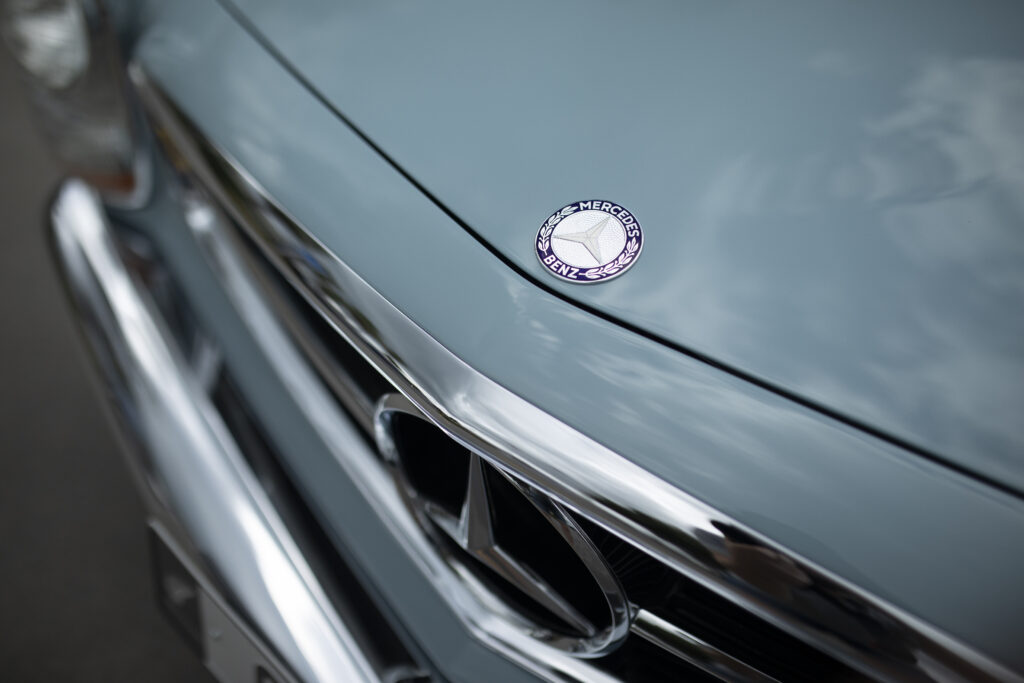


Pointless argument
Donald says they acknowledged the car could get marked down in points at the Concours d’Elegance Masters Class competition because the numbers did not match up, but Penny knew what she wanted. They took a lot of calls on the subject, someone even calling the night before it was due to be painted to check they were really sure.
“Penny deserves a lot of credit for sticking to her guns over this,” says Donald. “The pressure she was under really got out of hand, and she was so right.”
Penny said some people need to get out more.
“If they had seen the car in its natural environment in the mid ’60s they would know it’s absolutely the right colour. This has been a 20-year dream and now absolutely it is a dream come true.”
The car was beautifully painted by Scott and Mike at A1 Automotive in Hamilton in January 2020. But that wasn’t the end of the matter. Some of those who saw the bare shell thought it looked dull or even drab, as there’s quite a lot of grey in the paint colour. But now that the cream interior, the shiny glass, and all the chrome have been added, the colour just comes alive.
The bare body was sent to Mercedes specialist Lloyd Marx to reassemble. While Ron and his team worked on the body, Lloyd had reconditioned the engine, transmission, and suspension. Lloyd works in a big workshop beside his home in Pirongia. It took him 11 months to complete the meticulous rebuild, most of it over lockdown.
Donald says Lloyd’s experience and contacts came into play as he knew a lot of people with specific parts on hand and plenty of experience with better quality parts suppliers around the globe. Other parts were handmade. Some aftermarket, or reproduction, parts were also tried but Donald says they sometimes wouldn’t fit and would have to go back.

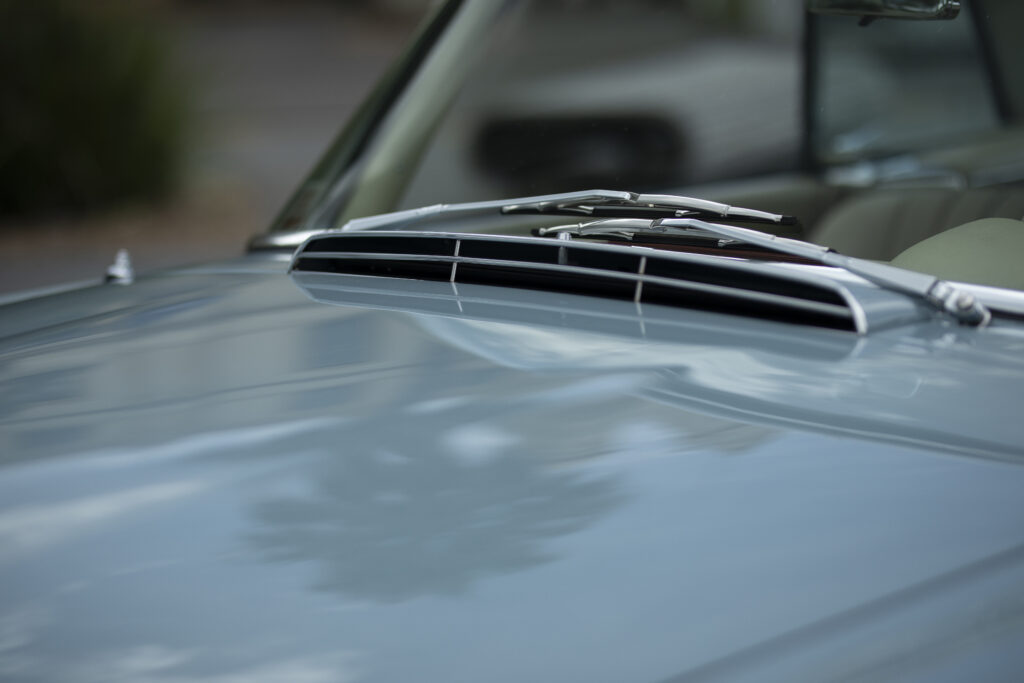


No time for compromise
The car is on its second set of carpets. The set that the car came with was cut pile, but the correct specification for this car was loop pile, so loop pile went onto the shopping list.
Chroming was a big task and expensive, and some delicate parts like the grille surround warped during the restoration process.
“A lot of the chrome is new,” says Donald.
They rigorously selected the best available parts to fit.
“We now have a raft of parts ourselves that are available to others.”
Ron is an acknowledged master of the marque but this car was still capable of surprising him. Nearing the end of the build, he looked through the grille and, turning to Donald, he wondered out loud why Mercedes had apparently put a badge behind the big Mercedes Benz star in the middle of the grille. Donald was intrigued, too, until he realised they had the front-hinged bonnet open and the bonnet badge had simply dipped in behind the grille.
“We got the car back from Lloyd in November last year. We went down to Pirongia with a box trailer and there she was, sitting on Lloyd’s picturesque driveway, waiting for us. She really looked beautiful, despite not having her wheel trims on. We had it complied in January and got it registered on the Thursday before the Ellerslie show,” explains Donald.
They were delighted to discover the personalised plate ‘66 SL’ was available. The Websters asked a friend of theirs, Myles Hicks from Ardmore, to cast his critical eye over the car as a concours contender. He is no stranger to the winner’s circle, having had eight winners to his credit as a car restorer over the years. He told them not to get their hopes up, pointing out a few things that might lose them points — a tiny dent on the radiator expansion tank under the bonnet, a worn badge on a fuel pump they didn’t have time to replace, and the yellowed plastic on the windscreen washer pump, which they did change. Then he set to detailing it.
At the show, Donald said it was also “a really lovely car to drive” — based on his experience of driving it the few metres off the trailer and into the show ring.

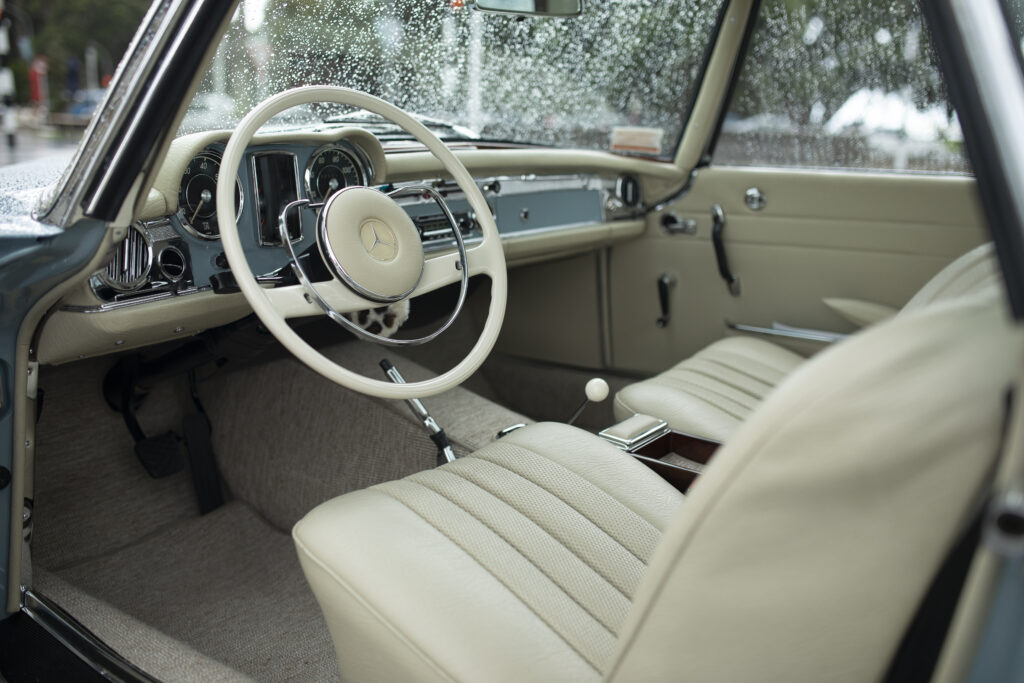

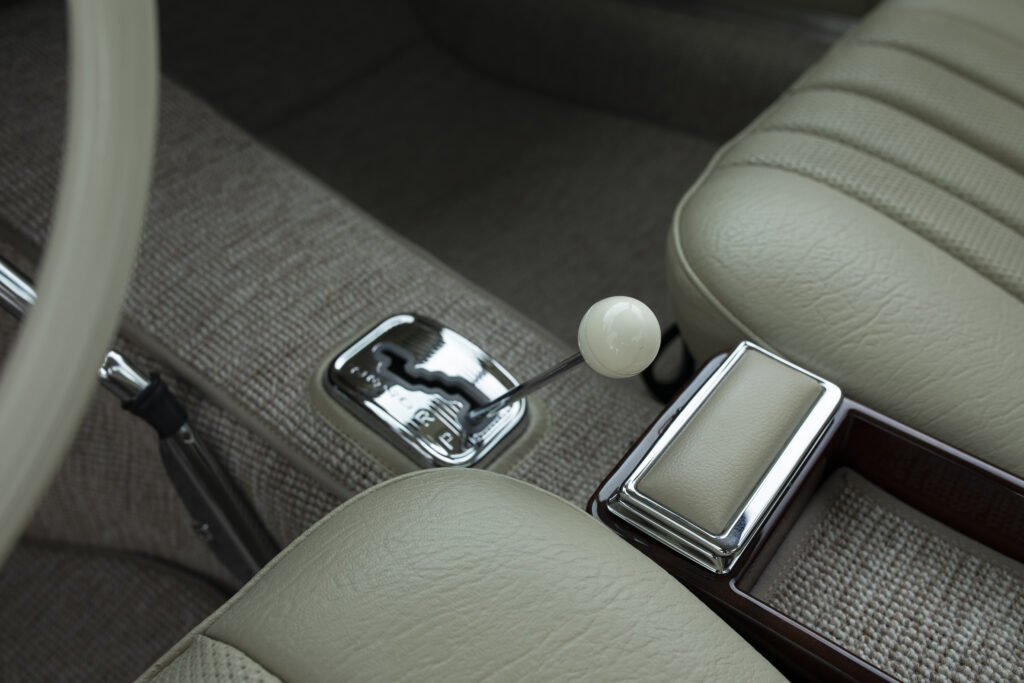

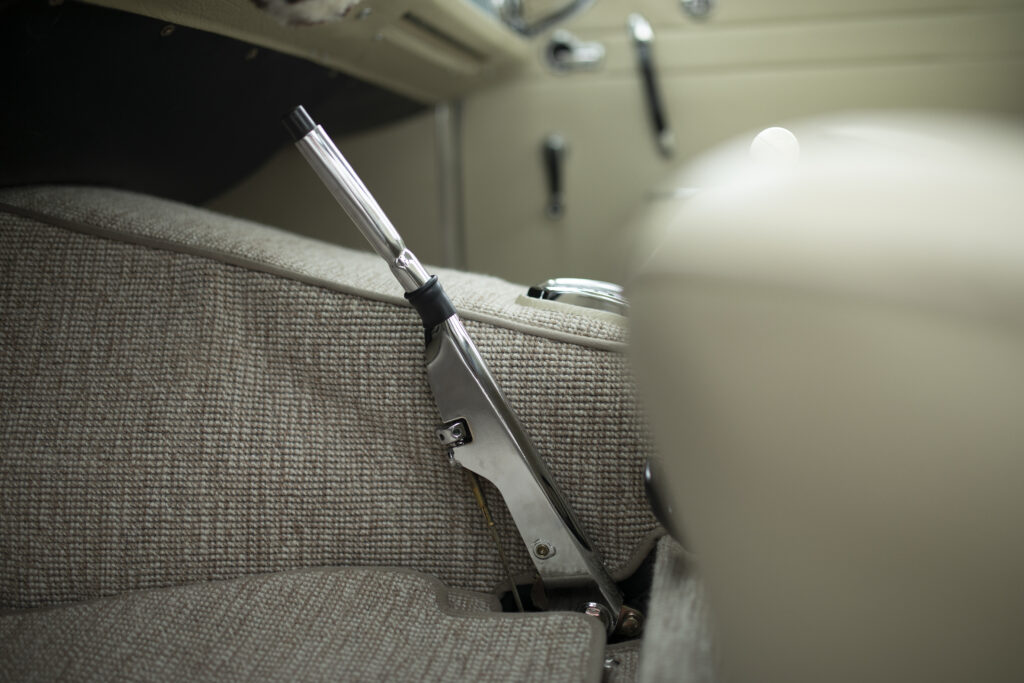

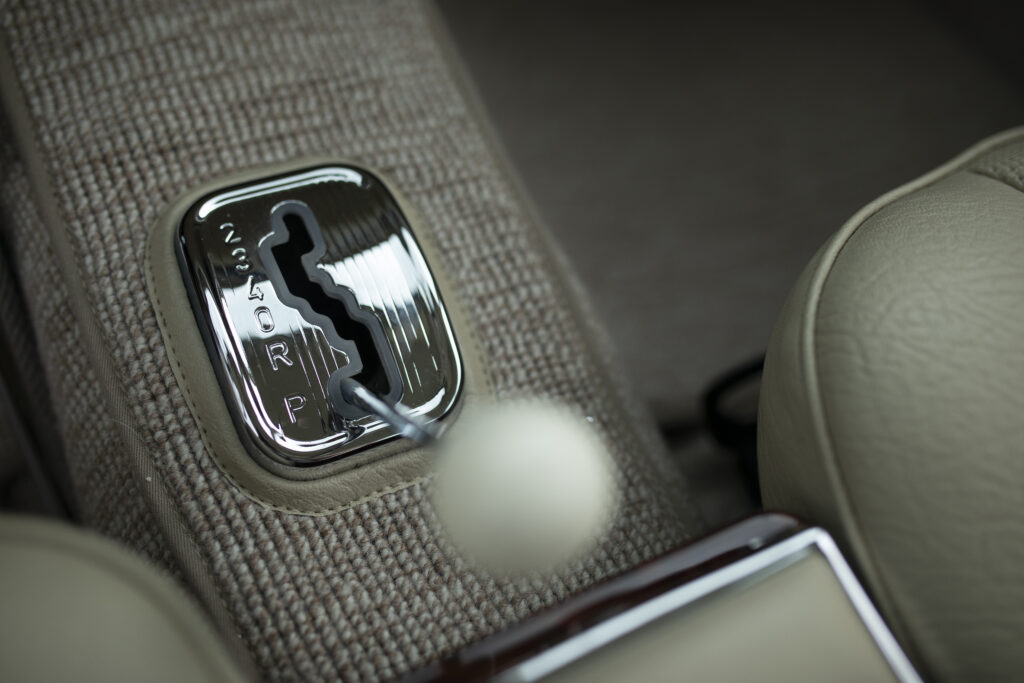

New sensations
Since then he has been able to confirm his first impression. He says he has driven a lot of cars from that era and they are invariably a bit woolly in the steering; you can often feel the suspension working.
“It is 55 years old but this is a really lovely car to drive. I don’t know how they did it. It must have been sensational at the time.”
Donald was told that Mercedes engineers were given three specifications to design a joint replacement for the very popular 190 SL and the legendary 300 SL. The new car had to be bright and comfortable, and spacious. It had to use as many elements as possible of existing series and, finally, be beautiful.
Development of this car started in 1955. The previous model, the 190 SL, was severely lacking in performance but its upmarket brother, the space frame 300 SL which also came in the famous gull-wing form, was pretty exclusive fare.
The next SL would have a fuel-injected 2.2-litre M127 inline-six engine, creating a 220 SL. However technical difficulties saw the design overtaken by the fin-tail S-Class W111, which featured new crumple zone architecture.
The firm decided to start again with a design based on a W111 platform shortened by 30cm with technology from the luxury version, the W112. The new W113 SL platform also got an improved fuel-injected 2.3-litre M127 inline-six engine.
The celebrated design of the W113 was the work of Paul Bracq and Béla Barényi, under the direction of head of styling Friedrich Geiger.
It made its debut at the Geneva Motor Show in March 1963. Technical Director Prof. Fritz Nallinger said: “It was our aim to create a very safe and fast sports car with high performance, which, despite its sports characteristics, provides a very high degree of travelling comfort.”
Apparently Mercedes-Benz chief engineer Rudolf Uhlenhaut demonstrated the car’s sporting credentials on the Annemasse Vétraz-Monthoux racetrack in 1963. He posted a best lap time of 47.5 seconds — just .2 of a second slower than grand prix driver Mike Parkes in a 3-litre V12 Ferrari 250 GT.
Technical bits included recirculating ball steering, double wishbone front suspension, and an independent rear swing axle. The 230 SL was offered with a four-speed manual transmission, or fluid-coupled four-speed auto. It had front disc brakes, power-assisted rear drum brakes, and the dual circuit introduced on the W111. The 2308 cc M127.II inline-six engine featured mechanical Bosch multi-port fuel injection and a new cylinder head with a high 9.3:1 compression ratio, enlarged valves, and a modified camshaft. A more powerful fuel injection pump allowed Mercedes to place fuel nozzles in the cylinder head firing fuel directly into the combustion chambers. Mercedes Benz produced 19,831 230 SLs between 1963 and January 1967 — although the chassis ran on , finishing with the 280SL in 1978, taking the total of 48,912.
Penny’s car is fitted with the optional power steering and the automatic transmission.


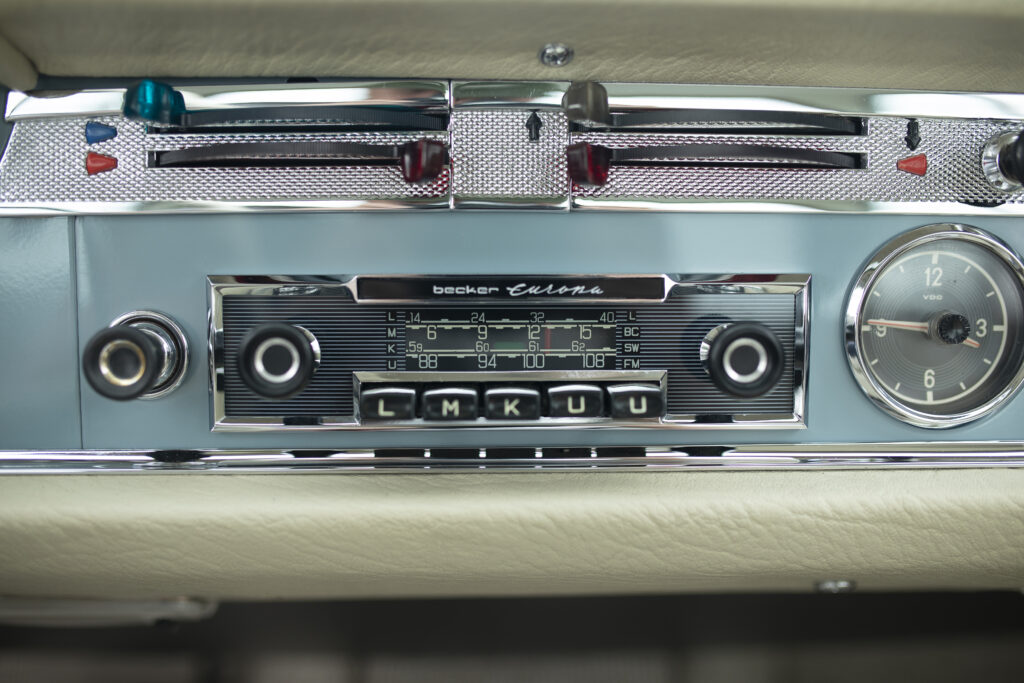
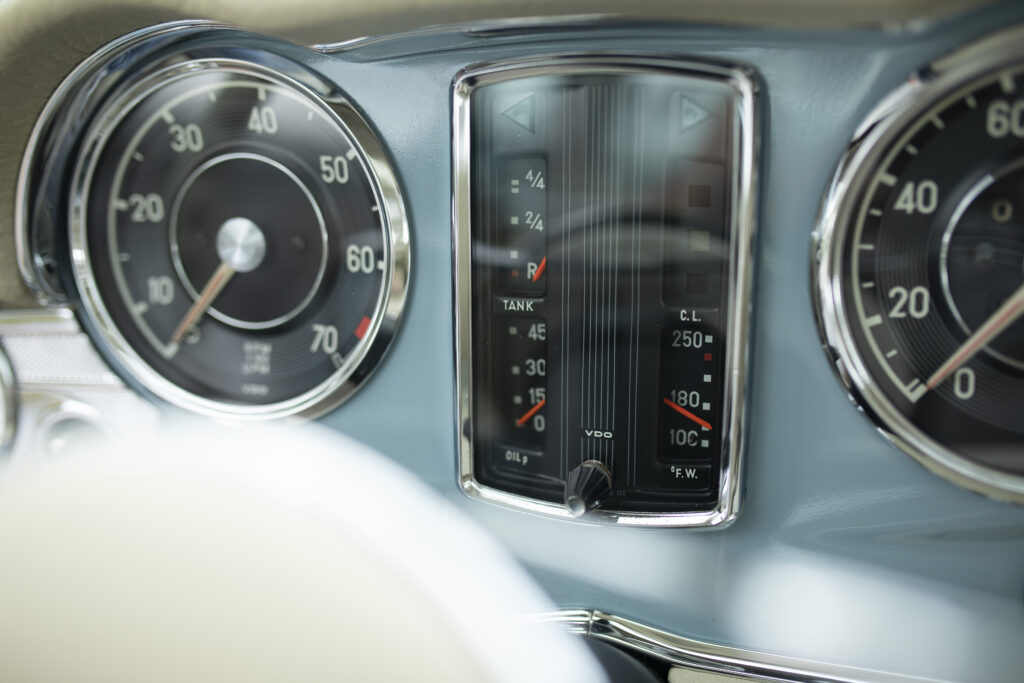

Showtime
The 2021 Intermarque Concours d’Elegance coincided with the 50th running of the Ellerslie Classic Car Show, and brought a bumper crop of show cars including as many former Masters class and Teams winners as they could find and one of the strongest fields of contestants in recent years.
The first announcement at the prize-giving was the People’s Choice Award, which went to the Mercedes.
“For me, that said it all and completely justified the colour choice Penny made right back at the beginning,” says Donald.
The public resoundingly endorsed her choice. It is impossible to know for sure but I for one doubt it would have hit the same high note in burgundy or plum. They also decided the car had to be shown wearing its iconic Pagoda hardtop. It offered the judges more opportunity to find something wrong but seeing another Pagoda Mercedes at the show last year in roadster guise persuaded Donald the hardtop was the way to go.
“That’s what makes the car,” he said. “That is what they are known for.”
Then came the big one, the Masters class prize. Third went to a spectacular pistachio-coloured Dodge Challenger, second to a Holden HQ Premier, but the title of Masters class winner went to the Merc, scoring 561 out of a possible maximum of 590. The only other possible prize was to claim the highest overall points score for all the competitors that day. So close! That was won by one of a pair of Porsche 356s in the Teams event, by the narrowest of margins — a single point.
The Websters pored over the judges score cards, which revealed their car had been given 4 out of 5 for body colour. The best Porsche 356 scored a 5 out of 5, giving that car the crucial one-point margin! The Websters decided they could live with that.
The whole team who prepared the car shared in the triumph but special mention must go to Myles for his solo effort in detailing the car. The two-car Porsche team had 10 members of the club helping prepare their winning entries!
The Mercedes-Benz Club asked new member Penny to list one special feature of her car. She said that, unlike owners of most other W113s, she can put her hand on her heart and say that this car is totally rust free.
This car now is beyond question one of the best W113s in the world but the Websters are completely unconcerned about where the cost stacked up against its current retail value — just as they weren’t concerned when rain interrupted our photo shoot. They’ve already been on a Mercedes-Benz Club run to Piha a few weekends ago and intend to drive it as much as they can.
“She’s not a show pony,” says Donald.
The car is not for sale.
“It’s for driving. It’s been my dream car for 20 years,” says Penny. “The kids know that, too. They wouldn’t let us sell it even if we wanted to.”
The Websters are also up for making one more modification to the car. Penny noted that concours-winning cars overseas often have a plaque or a window sticker proclaiming their victories. It becomes part of the car’s provenance. She pointed that out to the concours organisers. It hadn’t been done here before, but it might well now — and become a feature of the show for its next 50 years.

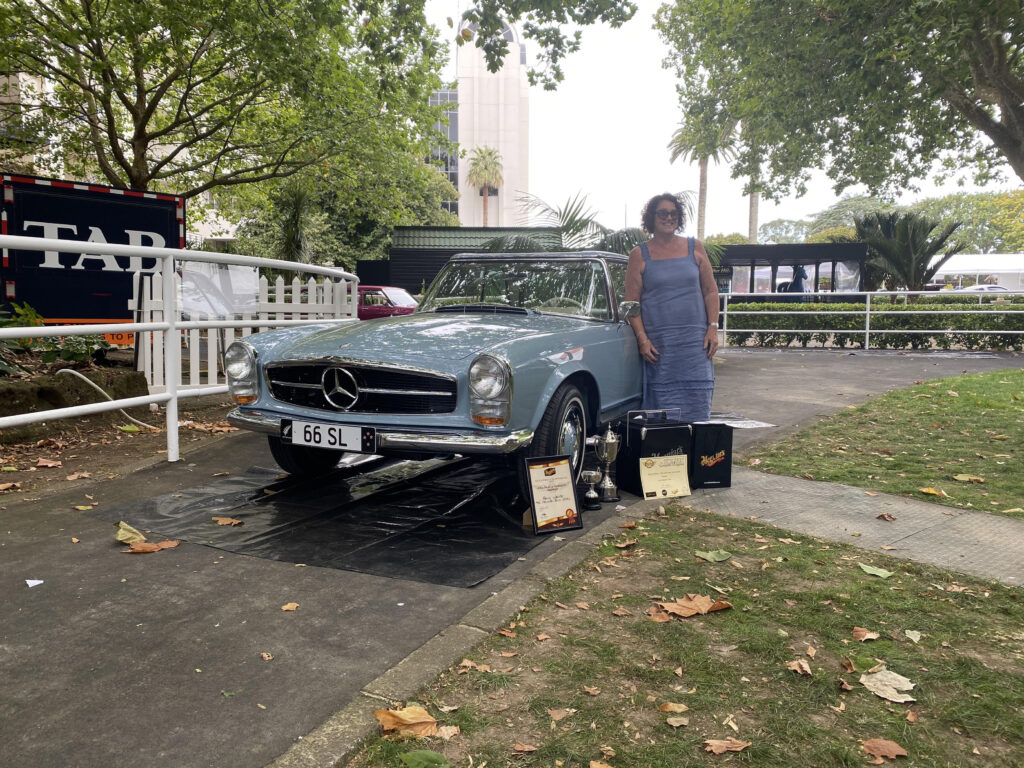

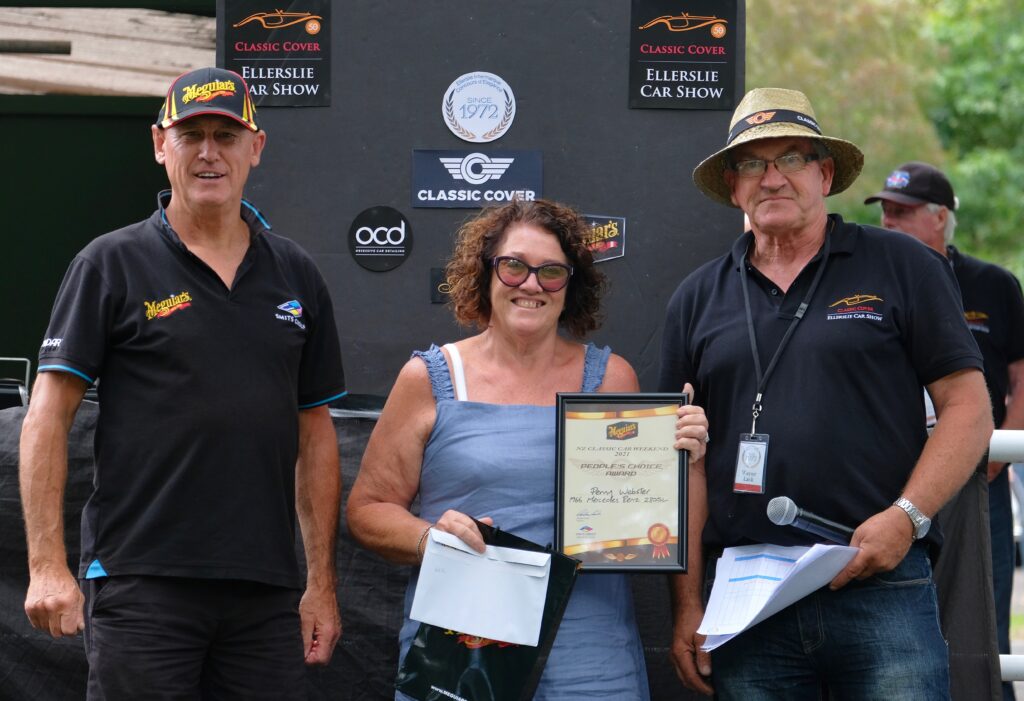
1966 Mercedes-Benz 230 SL
Engine: Straight six, M127
Capacity: 2306cc
Bore/stroke: 82/72.8mm
Valves: Pushrod and rocker actuated ohv, overhead camshaft
Compression ratio: 9.3:1
Max power: 112kW(150bhp)@5500rpm
Max torque: 215.5Nm(159 ft/lb)@4500rpm
Fuel system: Bosch fuel injection
Transmission: Four-speed automatic, RWD
Suspension: Independent front and rear with coil springs, single joint swing-axle
Steering: Servo-assisted recirculating ball
Brakes F/R: Disc 253mm/ drum 230mm
Dimensions:
Length: 4285mm
Width: 1760mm
Wheels: 14 inch pressed steel
Wheelbase: 2400mm
Weight: 1380kg (hardtop fitted)
Performance:
0-100kph: 13s (auto)
Top Speed: 195kph





